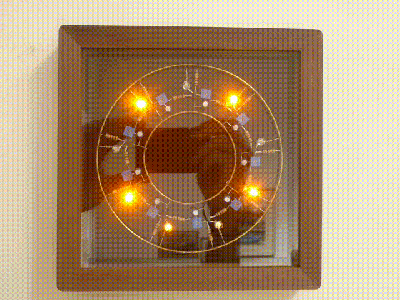Having a chiller is often essential for the chemistry laboratory, but what if you’re somewhere without easy access to water, nevermind a mains outlet to plug your usual chiller into? In that case you can build a portable one that will happily run off the 12 VDC provided by a mobile source like the accessory outlet in a car while reusing the water from its reservoir, as demonstrated by [Markus Bindhammer] in a recent video.
The build uses a compressor-based freezer as the base, which is significantly more capable than the typical Peltier-cooled refrigerators that cannot cool as fast or efficiently. The changes he made involve running in- and outlet tubing into the freezer’s compartment, with a submerged 12 VDC water pump providing the water to the outlet. This pump is controlled by a variable speed controller board that’s put in a box on the outside with the power lead also sneaking into the freezer. With these modifications in place the freezer’s functionality isn’t significantly impacted, so it can be used as normal.
After filling the compartment with water, the lid is closed and the freezer engaged. The pump controller is then switched on, with the water flow adjusted to fit the distillation job at hand. Although in this case a fairly small freezer was modified, nobody is saying that you cannot also do it with a much larger freezer, and fill it with ice cream and other treats to help it and lab critters cool down faster.
Continue reading “A Portable 12 VDC Water Chiller For The Chemistry Lab”


















